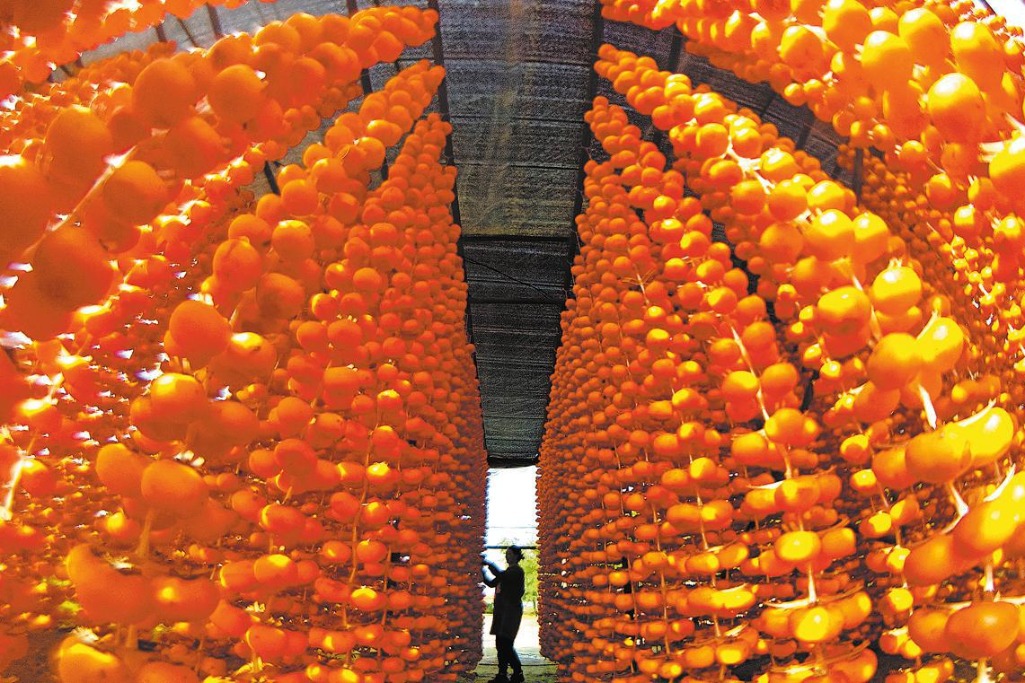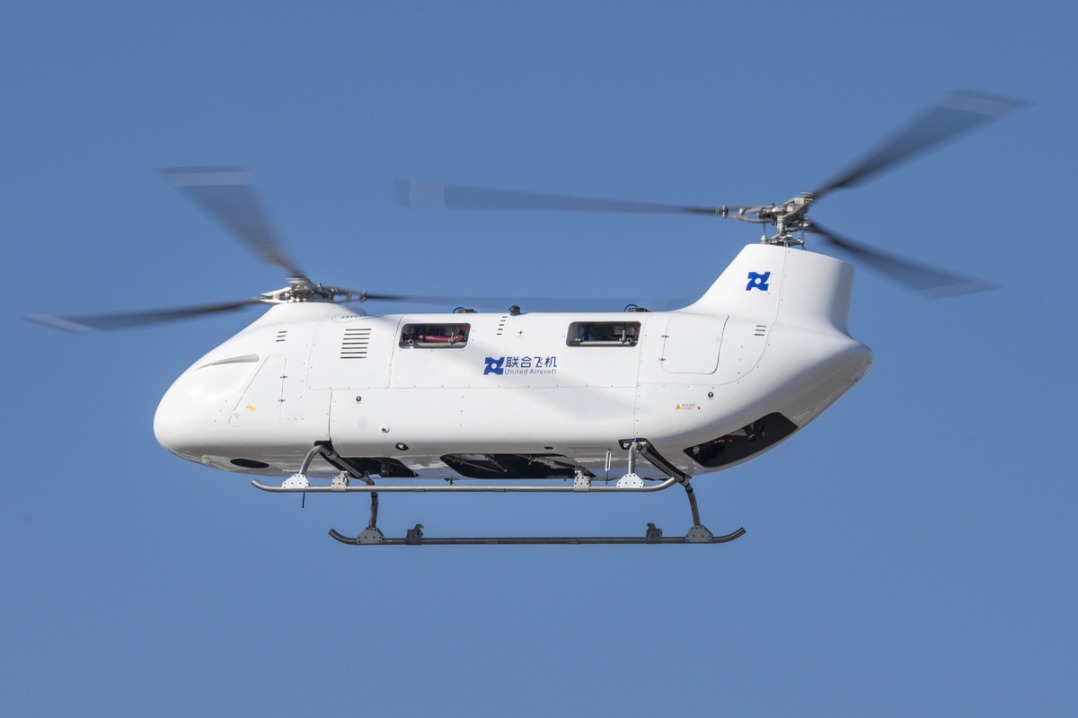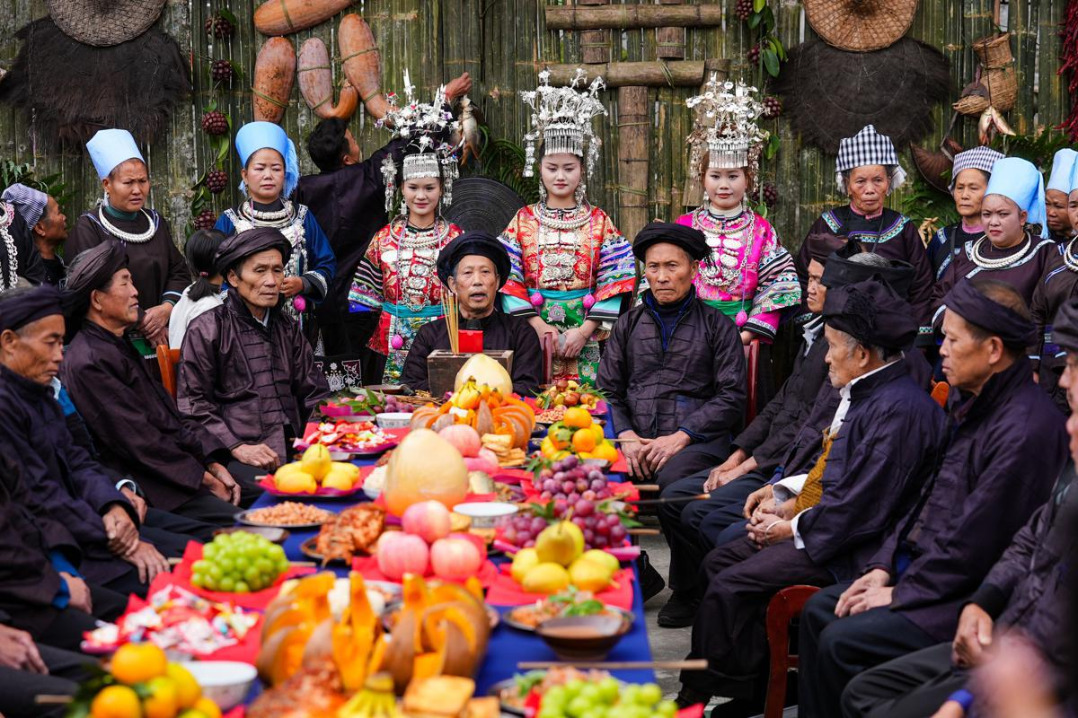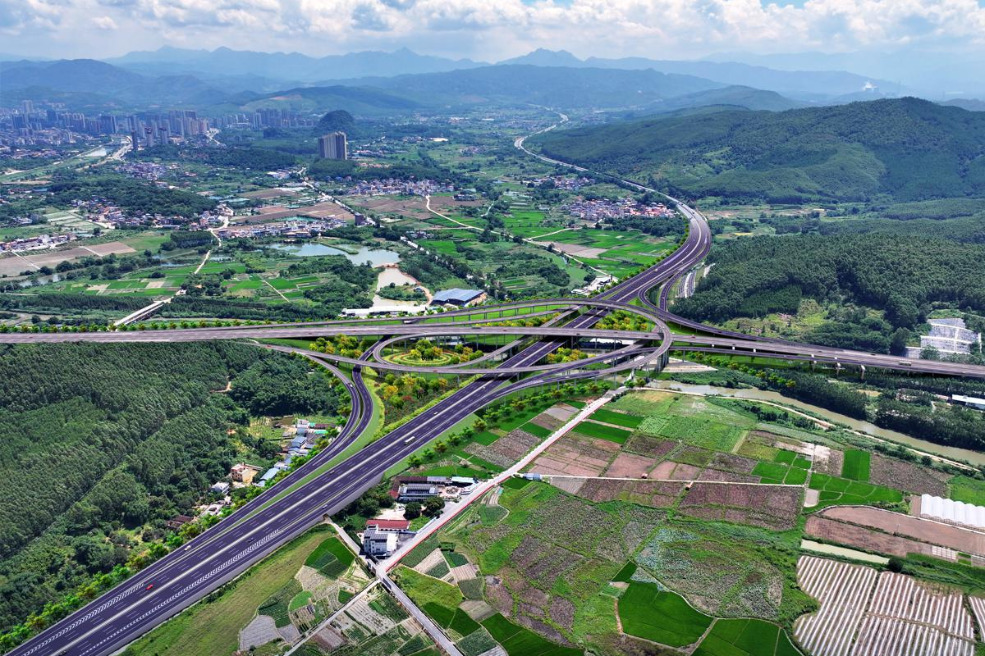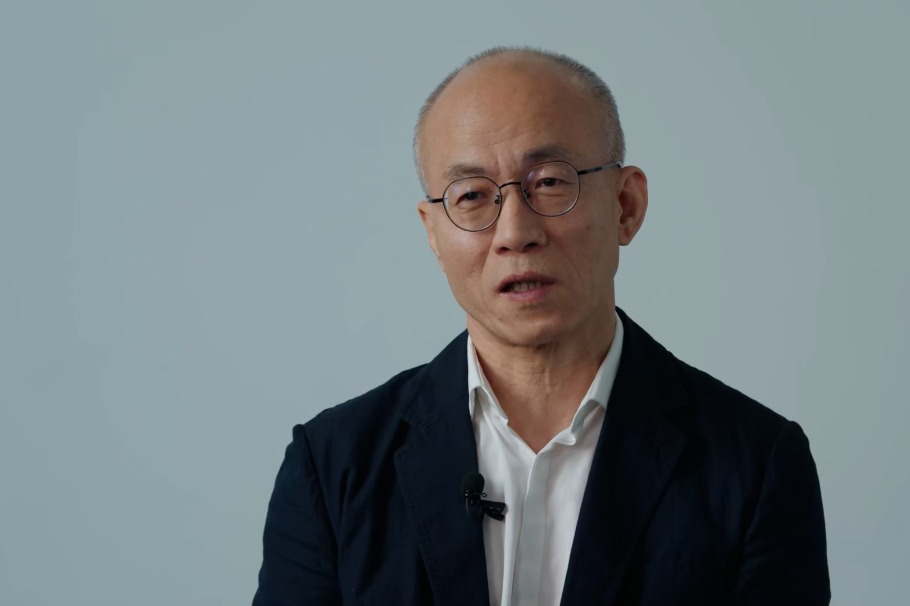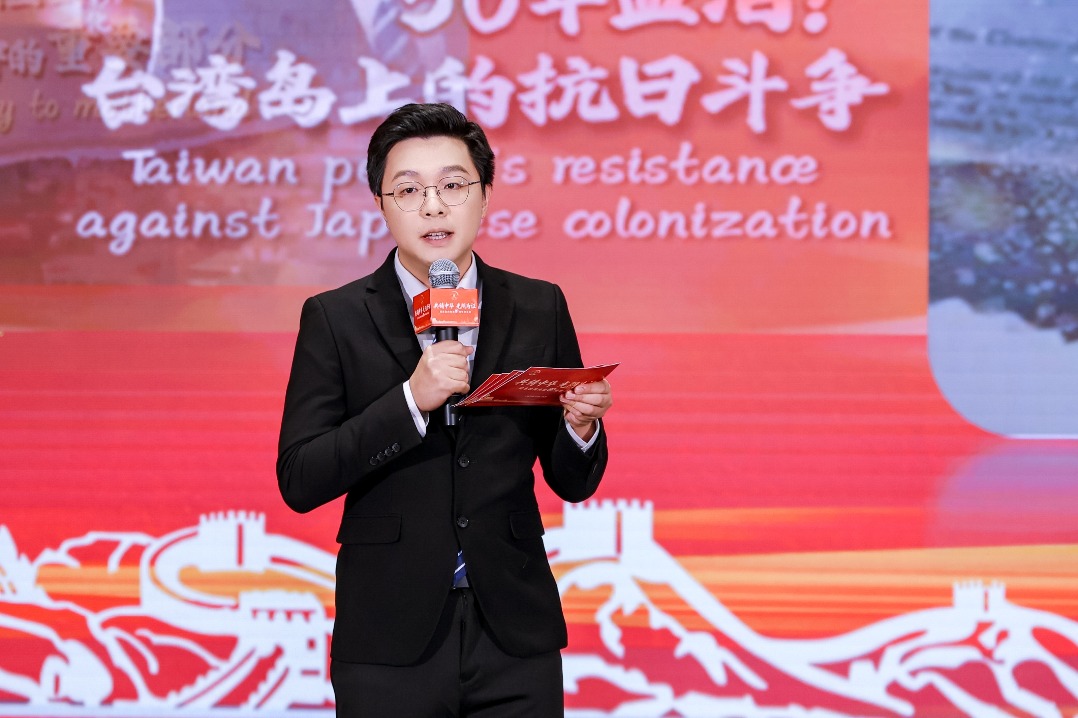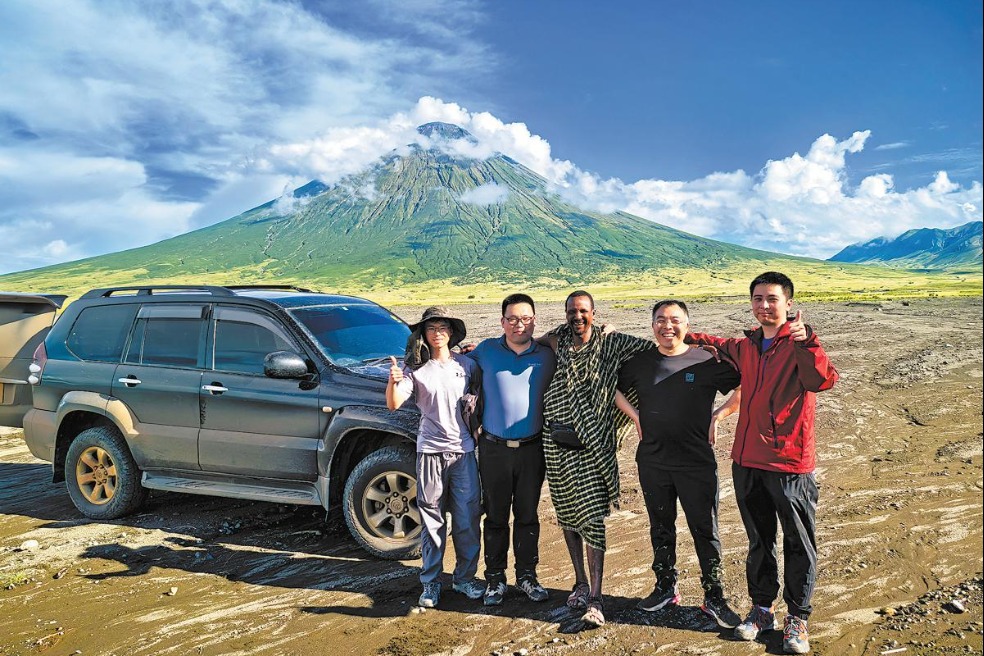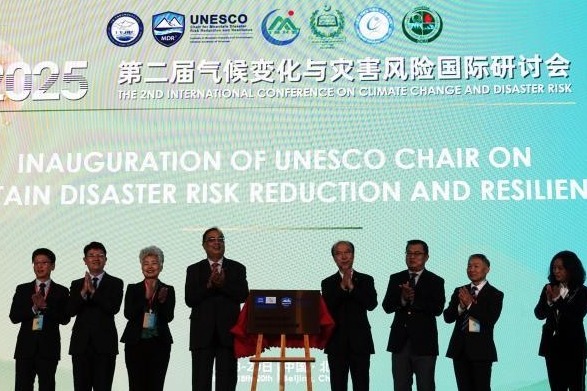Tibetan medicine sees rising output in 2016

LHASA -- Output of traditional Tibetan medicine rose to 2,300 tonnes, valued at 1.5 billion yuan ($217 million) in 2016, due to growing demand for the ancient medicine.
Twenty-one pharmaceutical companies in southwest China's Tibet autonomous region have been awarded the certificate of Good Manufacturing Practices for Pharmaceutical Products, according to the region's Commission of Industry and Information Technology Tuesday.
To meet rising demand, the cultivation area of traditional medicine across the region increased by about 200 hectares in 2016.
Tibet will increase investment in Tibetan medicine research, build more R&D centers, expand cultivation and enhance production technology in 2017, according to Qiu Chuan, deputy head of the commission.
Tibetan medicine, known as "Sowa Rigpa" in Tibetan, is at least 2,300 years old. It has absorbed the influences of traditional Chinese, Indian and Arab medicine, and is mainly practiced in Tibet and the Himalayan region.
Tibetan medicine uses herbs, minerals and sometimes insects and animal parts. It was put on the list of China's national intangible cultural heritage in 2006.
- Linqing: Where Grand Canal meets culinary crossroads
- Xi puts forward five-point proposal for building Asia-Pacific community
- Xi urges Asia-Pacific to jointly bolster universally beneficial, inclusive development
- Xi proposes Asia-Pacific jointly promote digitalization, greening of trade
- Xi says China not to close door to the outside world, will only open still wider
- Xi calls on APEC to jointly keep industrial, supply chains stable, smooth
















